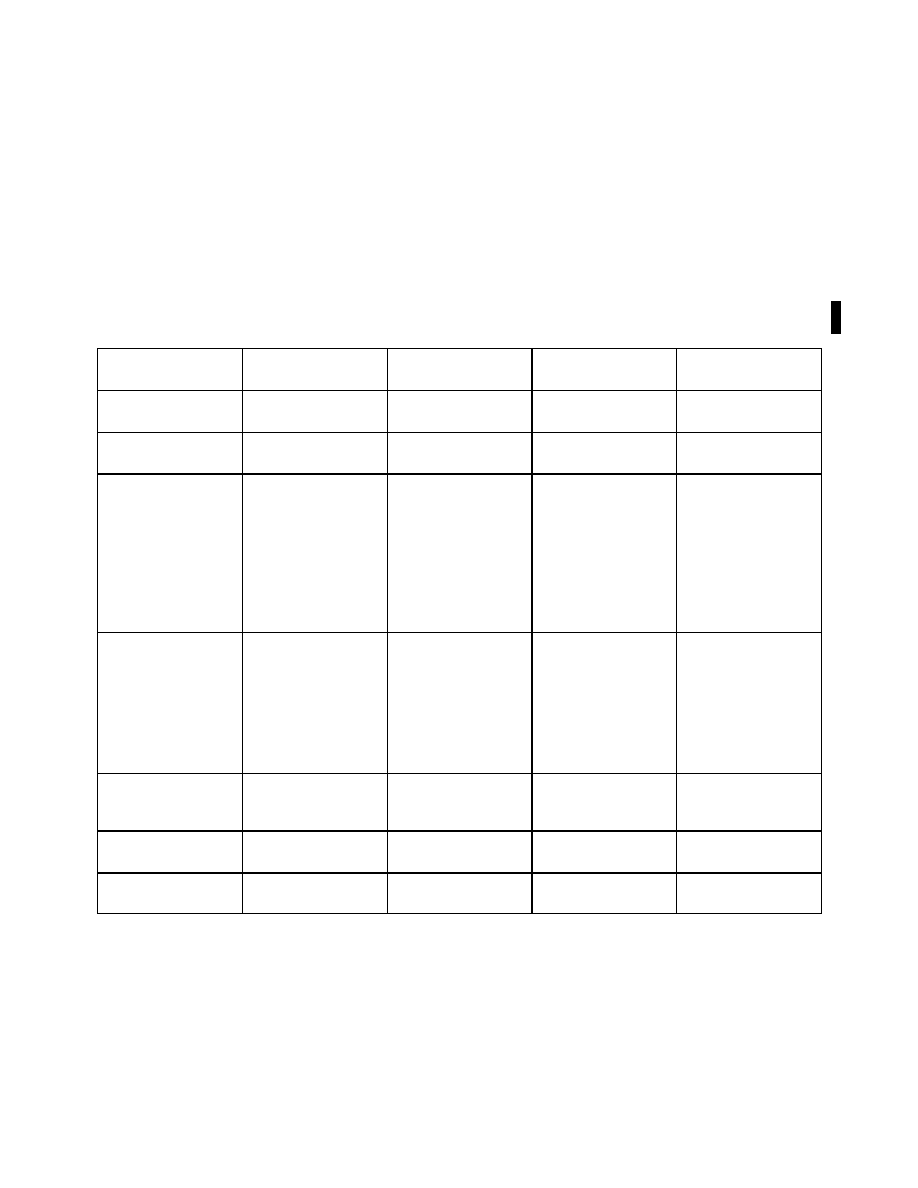
3/21/24
AIM
2
The Transmission Interval is the amount of time within which a new or updated product transmission must be completed
(95%) and the rate or repetition interval at which the product is rebroadcast (95%).
3
The transmission and update intervals for the expanded set of basic meteorological products may be adjusted based on FAA
and vendor agreement on the final product formats and performance requirements.
NOTE
−
1.
Details concerning the content, format, and symbols of the various data link products provided should be obtained from
the specific avionics manufacturer.
2.
NOTAM
−
D and NOTAM
−
FDC products broadcast via FIS
−
B are limited to those issued or effective within the past 30
days.
TBL 7
−
1
−
4
Product Parameters for Low/Medium/High Altitude Tier Radios
Product
Surface Radios
Low Altitude Tier
Medium Altitude
Tier
High Altitude Tier
CONUS NEXRAD
N/A
CONUS NEXRAD
CONUS NEXRAD
CONUS NEXRAD
not provided
imagery
imagery
Winds & Temps
500 NM look
−
ahead
500 NM look
−
ahead
750 NM look
−
ahead
1,000 NM look
−
Aloft
range
range
range
ahead range
METAR
100 NM look
−
ahead
250 NM look
−
ahead
375 NM look
−
ahead
CONUS: CONUS
range
range
range
Class B & C airport
METARs and 500
NM look
−
ahead
range
Outside of CONUS:
500 NM look-ahead
range
TAF
100 NM look
−
ahead
250 NM look
−
ahead
375 NM look
−
ahead
CONUS: CONUS
range
range
range
Class B & C airport
TAFs and 500 NM
look
−
ahead range
Outside of CONUS:
500 NM look-ahead
range
AIRMET, SIGMET,
100 NM look
−
ahead
250 NM look
−
ahead
375 NM look
−
ahead
500 NM look
−
ahead
PIREP, and SUA/
range. PIREP/SUA/
range
range
range
SAA
SAA is N/A.
Regional NEXRAD
150 NM look
−
ahead
150 NM look
−
ahead
200 NM look
−
ahead
250 NM look
−
ahead
range
range
range
range
NOTAMs D, FDC,
100 NM look
−
ahead
100 NM look
−
ahead
100 NM look
−
ahead
100 NM look
−
ahead
and TFR
range
range
range
range
7
−
1
−
10. Weather Observing Programs
a. Manual Observations.
With only a few exceptions, these reports are from airport locations staffed by
FAA personnel who manually observe, perform calculations, and enter these observations into the (WMSCR)
communication system. The format and coding of these observations are contained in paragraph 7
28 , Key
to Aviation Routine Weather Report (METAR) and Aerodrome Forecasts (TAF).
b. Automated Weather Observing System (AWOS).
Meteorology
7
−
1
−
27